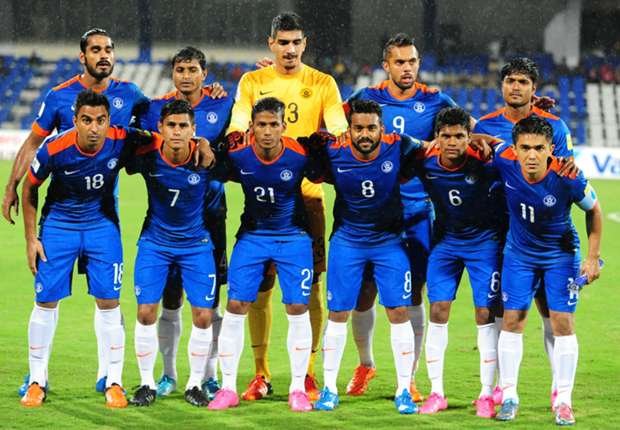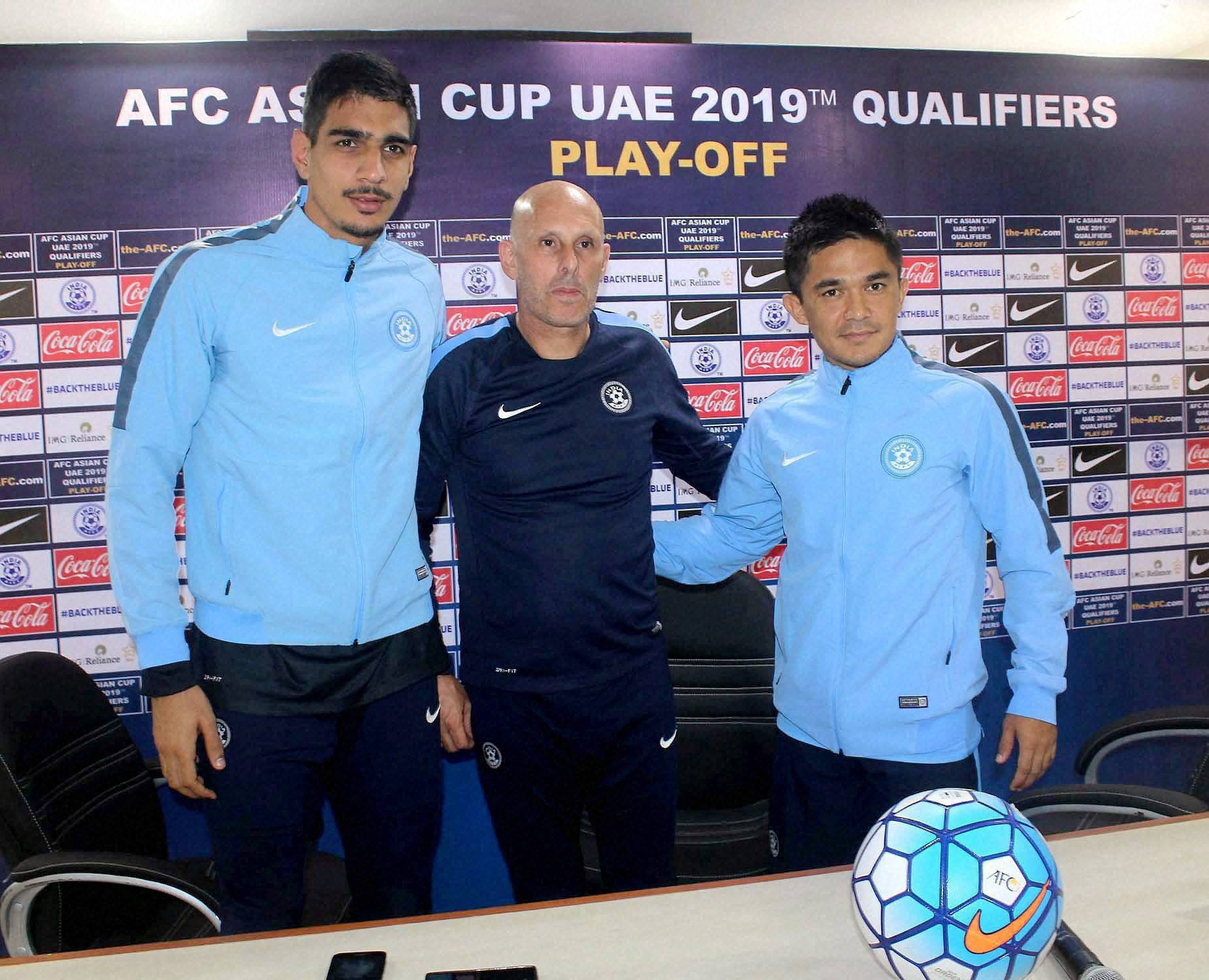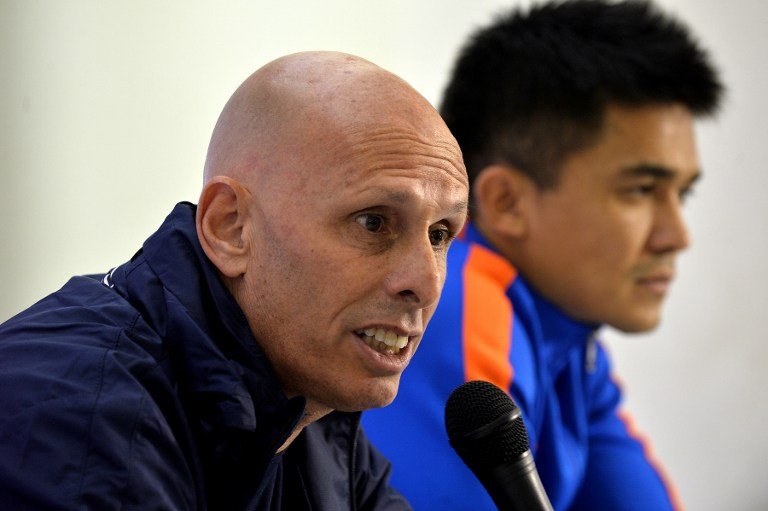When Stephen Constantine made a comeback as head coach in February 2015, India were ranked 171st in the FIFA rankings. When he took charge in his first match, they had already slipped to 173rd. But just a little more than two years later, the country has risen to 101st – their best ranking in over decades.
And while the placing is just seven places off India’s best ever FIFA ranking (94th in February 1996), and victories have come thick and fast (11 wins in their last 13 games), the real battle for India will always be the quality of performance. As India captain Sunil Chhetri said:
“In my opinion, rankings are a very fickle measurement of one’s success and it is best not to get carried away by it. You lose one and you slide down 40 places and you win one and you climb up 50. The real achievement will be that we cling on to this position or better it over the next three or four years. We will need to keep performing consistently.”

Because, and at the cost of sounding insensitive, the FIFA rankings are one big fat lie.
When it comes to being an honest measurement of success, the FIFA rankings have often fallen short, because it’s next to impossible to group every country in the world under one metric. At one point in 2012, England were ranked World No 3 despite under-performing in every major event in recent past – and that should be enough reason for you to not take them too seriously. They usually throw up numbers that make a team either feel like overachievers or underachievers. A Business Insider article details some excellent examples on why it’s so flawed.
“The formula they use is awful. It ignores things like goal differential, home field advantage, and stakes – resulting in a crude list that doesn’t give you an full picture of world soccer,” it reads.
This happens because of FIFA’s formula:
Points = M (points for match result) * I (importance of match) * T (strength of opponent) * C (strength of confederation).

India’s current ranking puts them over the likes of North Korea, who have played a World Cup (2010). It also puts them above Oman, who beat them home and away in the World Cup Qualifiers. Then there are India’s results – their performance against Myanmar (2019 Asian Cup qualifier) was below par at best, resulting in a 1-0 win against a side 40 places below them at the time of playing. Against Cambodia, they won 3-2. Cambodia were 41 places below them. Both times, as per the ranking system, India should have smashed them. Guam was ranked 33 places below them and still beat them in a World Cup qualifier. Then there were the 0-0 two draws against Nepal – again, ranked below them.
All this shows that football is not played on paper.
So, how can the Indian team *really* improve?
But the demand that India should always win, and win beautiful, is also flawed. Winning with smash-and-grab goals and defending deep is also an art that must be perfected in international football. Like they did against Myanmar.
— Sunil Chhetri (@chetrisunil11) April 6, 2017
Constantine is an incredibly realistic manager – calling a spade a spade is his forte. He knows how to ride the storm and on paper, he’s done a fantastic job – but he also knows it’s not enough – that performances and results are the real measurements of success in the road to qualifying for major tournaments.
“One of my priorities was to improve the national team ranking when I took over. The results do state we have improved but there’s still a lot more to achieve,” the Englishman said in December last year. And results and performances are a completely different ball game.

It is a thought echoed by Iran manager Carlos Queiroz, who told the Indian media in September 2015 that rankings are just another number. Which is to say that no team in the world should take them seriously.
There is a clamour for Constantine to take more risks, compared to the safety first approach that he prefers: not just tactically, but even in choosing a lineup. The back-line against Myanmar was always under pressure, with just one defensive midfielder in Rowlin Borges protecting them. The front three didn’t click until Bengaluru FC forward Udanta Singh was brought on. Without Sunil Chhetri, the team lacks radar. If Constantine wants to hit teams on the break, he needs to pack midfield with the likes of Milan Singh and Isaac Vanmalsawma – who also need to be bled into the setup especially when first-choice creative midfielder Eugeneson Lyngdoh is not in form.
It’s also not just about personnel – Constantine measures that on his basis, and it is his right. But the way a team is setup matters more. There is still a fear to build from the back, a fear to not work the ball enough and an anxiety factor when they’re defending. The affinity to clear at the first sight of danger and the inability to control a game’s tempo are problems he needs to solve.
And that remains – whether they are 173rd or 101st.
India next play Lebanon on 7th June before Kyrgyzstan on 13th June. During these games, India must forget about the rankings. Because the real battle is on the pitch.

















